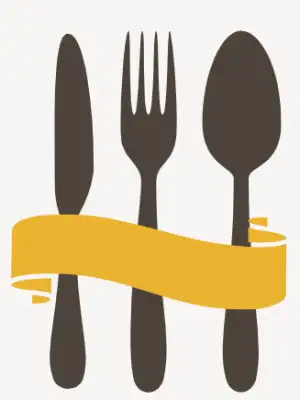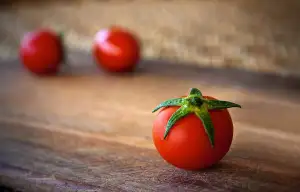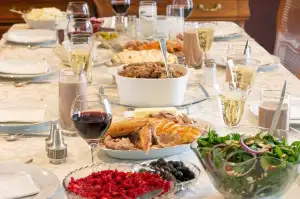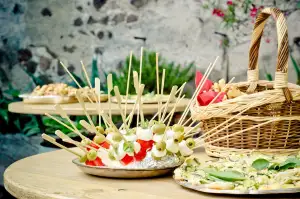Crafty Delights: Master the Art of Paper Mache in the Kitchen
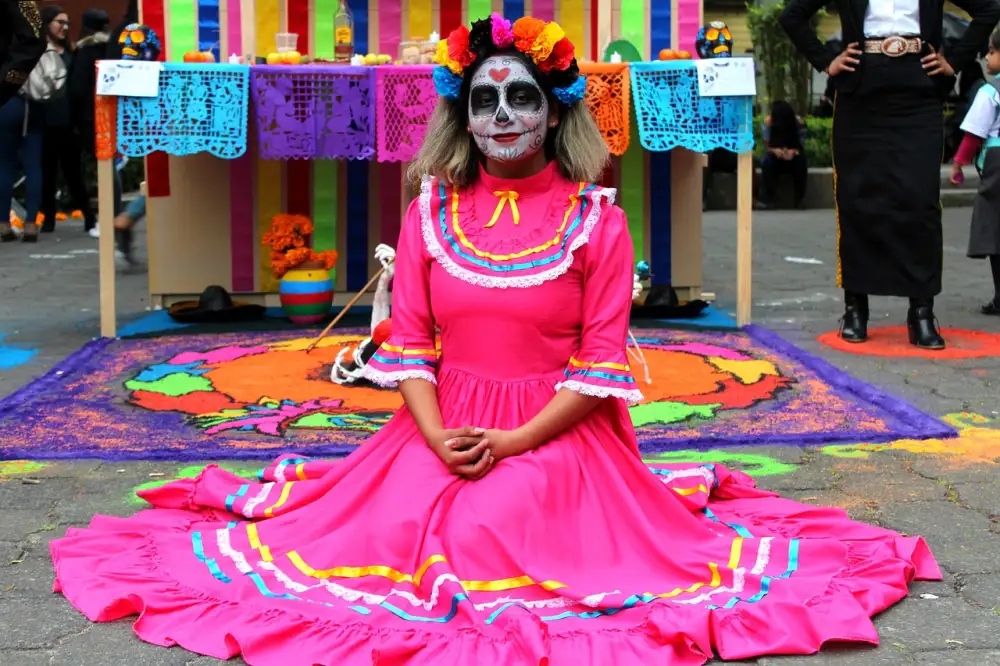
- Gathering the necessary materials for paper mache
- Preparing the paste mixture for paper mache
- Choosing the right type of paper for your project
- Creating the base structure for your paper mache project
- Applying the layers of paper and paste to build up the shape
- Allowing the paper mache to dry and cure properly
- Sanding and smoothing the surface for a polished finish
- Adding additional details and decorations to enhance the project
- Painting and sealing the paper mache for a professional look
- Tips and tricks for successful paper mache projects
Paper mache is a versatile crafting technique that has been around for centuries. It involves using a mixture of paper and adhesive to create various objects and sculptures. The beauty of paper mache lies in its ability to transform simple materials into intricate and detailed creations. From masks and piñatas to bowls and figurines, the possibilities are endless. Whether you're a beginner or an experienced crafter, paper mache offers a world of creative opportunities to explore in the kitchen. So grab your apron and let's dive into the wonderful world of paper mache!
Gathering the necessary materials for paper mache
To get started with paper mache, you will need a few basic materials. First and foremost, you will need newspaper or any other type of thin, absorbent paper. This will be used to create the layers for your project. You will also need a paste mixture, which can be made using flour and water or by using a pre-made paste from a craft store. Additionally, you will need a bowl or container to mix the paste in, as well as a brush or sponge to apply the paste onto the paper. Lastly, gather some scissors for cutting the paper and any additional materials you may want to use for decorating your project, such as paint, glitter, or beads. With these materials on hand, you'll be ready to dive into the world of paper mache crafting!
Preparing the paste mixture for paper mache
Preparing the paste mixture for paper mache is a crucial step in achieving successful results. To make the paste, you will need a mixture of flour and water. Start by combining equal parts of flour and water in a bowl. Stir the mixture thoroughly until it becomes smooth and free of lumps. If the paste is too thick, add more water gradually until you achieve a consistency similar to pancake batter. On the other hand, if the paste is too thin, add more flour to thicken it up. The ideal consistency should be thick enough to adhere to the paper but still spreadable. Once your paste is ready, cover it with plastic wrap or place it in an airtight container to prevent it from drying out while you work on your paper mache project.
Choosing the right type of paper for your project
When it comes to choosing the right type of paper for your paper mache project, there are a few factors to consider. Firstly, you'll want to select a paper that is strong and durable, as it will need to withstand the layers of paste and shaping process. Construction paper or newspaper are commonly used options due to their affordability and accessibility. However, if you're looking for a smoother finish, you may opt for tissue paper or even thin cardboard. Additionally, consider the color and texture of the paper as it can add visual interest to your final piece. Experiment with different types of paper to find the one that best suits your project's needs and desired outcome.
Creating the base structure for your paper mache project
Creating the base structure for your paper mache project is an important step in ensuring a successful outcome. You can use a variety of materials to create the base, depending on the size and shape of your project. Some common options include balloons, wire frames, cardboard, or even existing objects that you want to transform. The key is to create a sturdy and stable structure that will support the layers of paper and paste as they are applied. Take your time to carefully shape and secure the base, as this will determine the overall form of your final piece.
Applying the layers of paper and paste to build up the shape
Once you have created the base structure for your paper mache project, it's time to start applying the layers of paper and paste to build up the shape. Start by tearing or cutting strips of newspaper or other types of paper into manageable sizes. Dip each strip into the paste mixture, making sure it is fully coated but not dripping. Gently remove any excess paste by running the strip between your fingers. Place the strip onto the base structure, smoothing it down with your fingers or a brush. Repeat this process, overlapping each strip slightly to ensure full coverage and a sturdy structure. Continue layering until you have achieved the desired thickness and shape for your project. Remember to let each layer dry before adding another one to prevent sagging or warping.
Allowing the paper mache to dry and cure properly
Once you have applied all the layers of paper and paste to your project, it is crucial to allow the paper mache to dry and cure properly. This step is essential for ensuring that your creation maintains its shape and durability. Depending on the size and thickness of your project, drying time can range from a few hours to several days. It is important to place your project in a well-ventilated area with good air circulation. Avoid direct sunlight or excessive heat, as this can cause the paper mache to warp or crack. Patience is key during this stage, as rushing the drying process can result in a weak and unstable final product. To test if your paper mache is fully dry, gently tap on it with your fingers - if it feels hard and solid, it is ready for the next step. Remember, allowing adequate drying time will ensure that your paper mache masterpiece stands the test of time.
Sanding and smoothing the surface for a polished finish
Once your paper mache project has dried and cured, it's time to give it a polished finish. Start by gently sanding the surface with fine-grit sandpaper. This will smooth out any rough edges or bumps. Be careful not to apply too much pressure, as you don't want to damage the underlying structure. After sanding, wipe away any dust with a damp cloth. For an even smoother finish, you can apply a thin layer of gesso or primer and sand again once dry. This will create a perfect canvas for painting and ensure a professional look for your masterpiece.
Adding additional details and decorations to enhance the project
Once the paper mache base has dried and hardened, it's time to add those special finishing touches that will bring your project to life. You can enhance the overall look by adding additional details and decorations. Consider using small objects like buttons, beads, or even pieces of fabric to create texture and visual interest. You can also use paint or markers to add intricate designs or patterns. Don't be afraid to get creative and experiment with different materials and techniques. These extra embellishments will truly make your paper mache project stand out and showcase your artistic flair.
Painting and sealing the paper mache for a professional look
Once your paper mache project has dried and the surface is smooth, it's time to add some color and seal it for a professional finish. Start by applying a base coat of acrylic paint in a color of your choice. This will provide a solid foundation for any additional colors or designs you want to add. Allow the base coat to dry completely before moving on to the next step. Once dry, you can use various techniques such as sponging, stenciling, or even freehand painting to create patterns and designs on your paper mache. Experiment with different brushes and tools to achieve different textures and effects. After you are satisfied with the painted design, apply a clear sealer or varnish to protect the paper mache from moisture and give it a glossy finish. Make sure to follow the instructions on the sealer product for best results. This final step will not only enhance the appearance of your paper mache project but also make it more durable and long-lasting.
Tips and tricks for successful paper mache projects
1. Use newspaper strips instead of whole sheets for a smoother finish.
2. Mix in a small amount of white glue or Mod Podge with the paste mixture for added strength.
3. Apply thin layers of paper and paste, allowing each layer to dry completely before adding the next one.
4. To create intricate shapes, use a wire frame as a base structure.
5. Experiment with different types of paper, such as tissue paper or colored construction paper, for unique textures and effects.
6. If your project requires a smooth surface, apply a layer of gesso before painting.
7. Add texture by crumpling the newspaper strips or using textured materials like fabric or yarn.
8. To speed up drying time, place your project near a fan or in a well-ventilated area.
9. Don't be afraid to get creative with your decorations - try adding beads, feathers, or even small objects to enhance your design.
10. Seal your finished project with varnish or clear acrylic spray to protect it from moisture and give it a glossy finish.
With these tips and tricks in mind, you'll be able to create stunning paper mache projects that showcase your crafting skills and creativity!
In conclusion, paper mache is a versatile and fun crafting technique that can be applied in the kitchen to create unique and impressive pieces. With just a few simple materials and some creativity, you can master the art of paper mache and bring your culinary creations to life.
Now that you have learned the basics of paper mache, let your imagination run wild! From fruit bowls and cake stands to utensil holders and decorative sculptures, there are endless possibilities for your next paper mache project.
Take inspiration from nature, food, or even your favorite recipes. Experiment with different shapes, sizes, and textures to truly make your creation one-of-a-kind. Don't be afraid to add embellishments such as beads, ribbons, or paint to enhance the final result.
Remember to have patience throughout the process and allow each layer to dry properly before adding more. This will ensure a sturdy and durable finished product.
So go ahead and unleash your inner artist in the kitchen with paper mache. Get creative, have fun, and enjoy the satisfaction of crafting something beautiful with your own hands. Happy paper mache-ing!
Published: 22. 11. 2023
Category: Food
